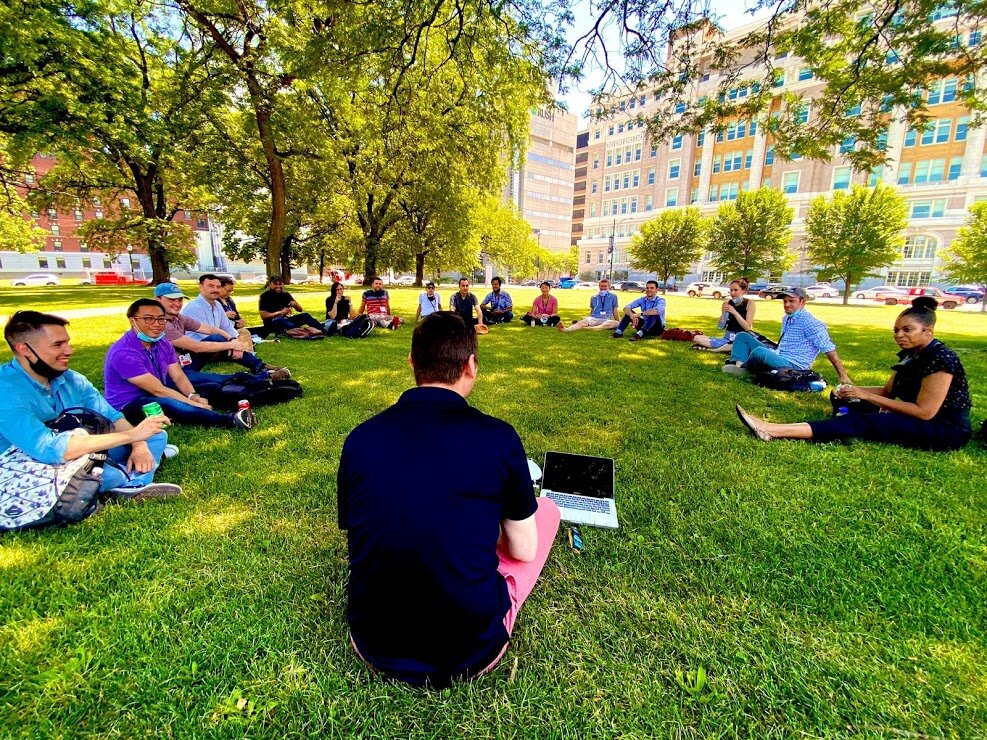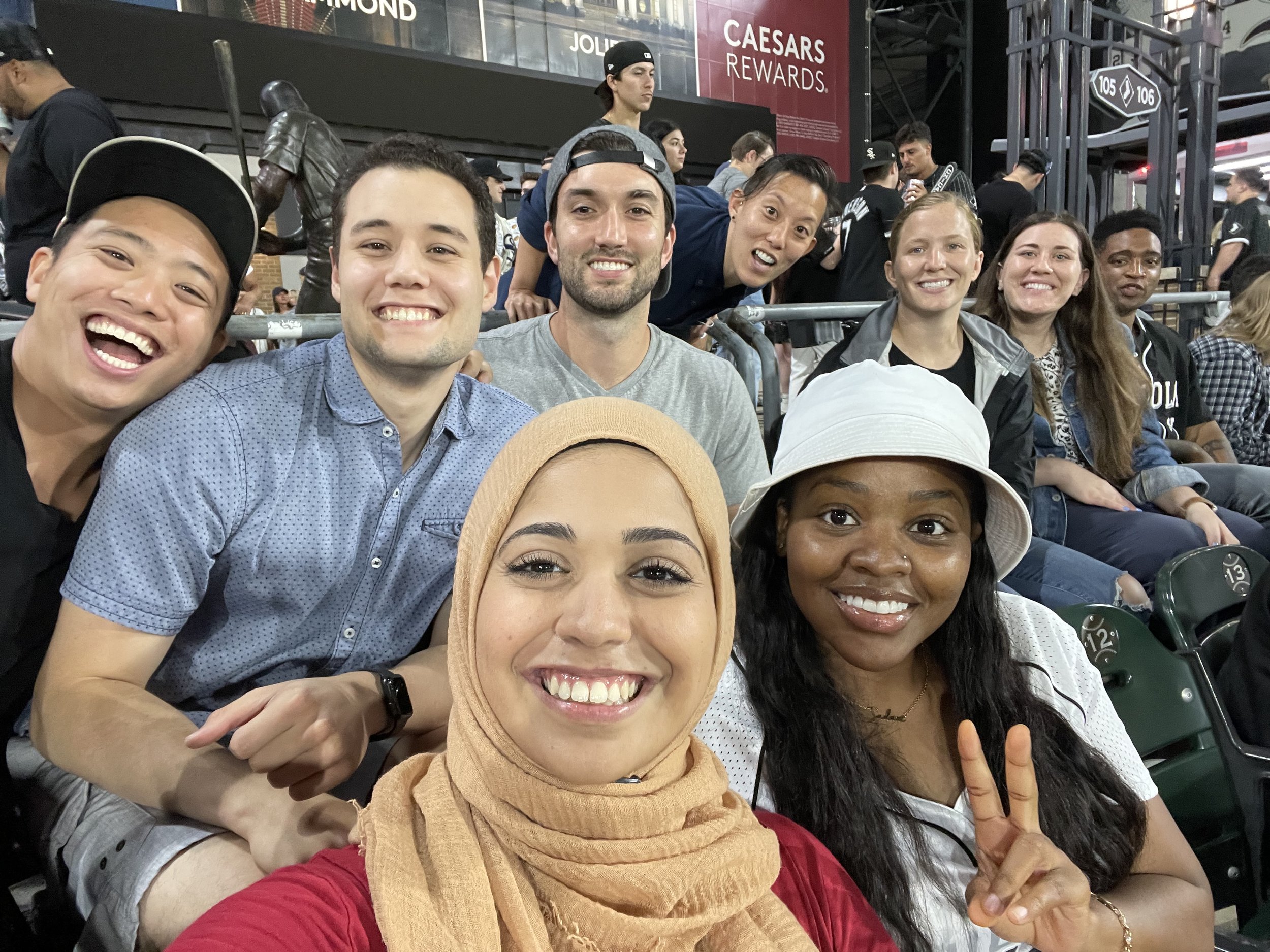How many residents are in each class?
Each class consists of 17 residents.
How long are ED shifts?
Residents work 8-hour shifts in our ED across all four years of residency. At our community site rotations, shift lengths vary from 8 to 12 hours.
How do resident responsibilities change as they advance through residency?
Our program believes in a graduated responsibility model, meaning that residents “graduate” to new responsibilities each year. Intern year serves as a primer for interns to build basic EM acumen and procedural skills. Second year residents build upon this foundation and learn to increase their efficiency by being responsible for running our Blue Team, a 19-bed intermediate acuity pod in our emergency department. Third year residents work primarily in our Red Team resuscitation and high acuity bay, where they care for our sickest patients. Fourth year residents are expected to run the team they are working in, assume the role of educators by teaching and supervising junior residents on both our Red Team (high acuity) and Green Team (fast track), and continue to refine their clinical and procedural skills.
Do interns see “sick” patients?
Yes! All residents work in our Red Team (high acuity) pod, and PGY-1 and PGY-2 residents see our sickest patients in the resuscitation bay under the guidance of a PGY-4. This is a way to not only expose junior residents to sick patients, but also to give our PGY-4s an opportunity to learn how to supervise these difficult cases. Our interns also lead resuscitations at many of our community site rotations.
What is the function of the PGY-4 year?
Fourth year residents are educators and supervisors in our program. They work primarily on Red Team (high acuity) and Green Team (fast track). On Red Team, they supervise PGY-1 and PGY-2 residents as they learn how to care for our sickest patients. On Green Team, PGY-4s supervise junior residents and learn how to keep a busy, high-volume ED moving efficiently.
Is there an emphasis on wellness at Cook County?
We take wellness very seriously at Cook County. We know that wellness is more than just lectures and free food. Time off, strong inter-departmental relationships and a supportive environment are key to resident wellness.
All of our interns are given the entire month of July off from clinical duties and use this time to build inter-class bonds and explore the city together. Each fall, the entire residency goes on an overnight retreat (usually out of state), and each class has an additional day off to spend together in the winter.
We pride ourselves on having a supportive learning environment (both on- and off-shift) and being a program that listens to the needs of its residents.
Is trauma integrated into the emergency department or a separate rotation?
Trauma is a separate rotation in our program. As a very busy trauma department, this allows our ED to have a normal work flow. Additionally, this allows ED residents to take part in all parts of a trauma resuscitation, not just managing the airway.
Residents rotate through the Trauma Department at CCH for four weeks across all four years of training. As members of the trauma team, residents are responsible for all aspects of a trauma resuscitation, from decision making to procedural interventions. As PGY-4s, residents serve as leaders of the trauma team.
Residents are also exposed to trauma at multiple community sites beginning in their PGY-2 year and have dedicated pediatrics rotations at Level 1 pediatric trauma centers (Lurie Children’s Hospital and Comer Children’s Hospital).
How much pediatrics exposure do residents get?
Residents have dedicated pediatrics rotations across all four years of residency, both at CCH and at various children’s hospitals across the city (Lurie Children's Hospital, Comer Children's Hospital). Residents also get longitudinal pediatrics exposure by working shifts in our Pediatrics ED throughout residency.
Is simulation a part of the curriculum at Cook County Hospital?
Yes, we have a state-of-the-art simulation center, and simulation is an integrated part of our conference curriculum.



